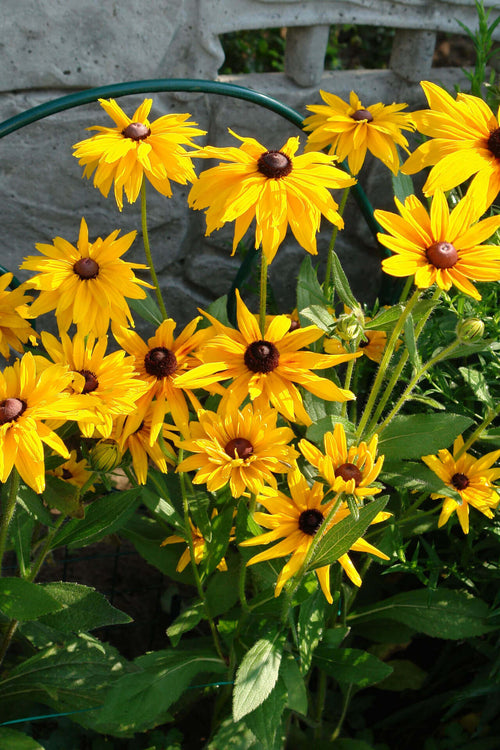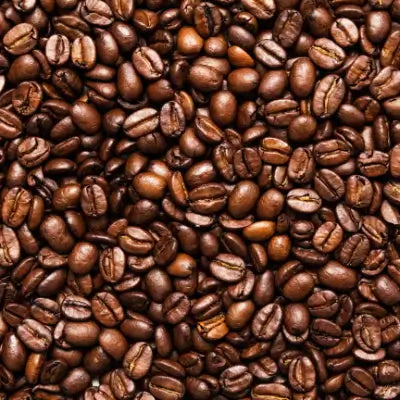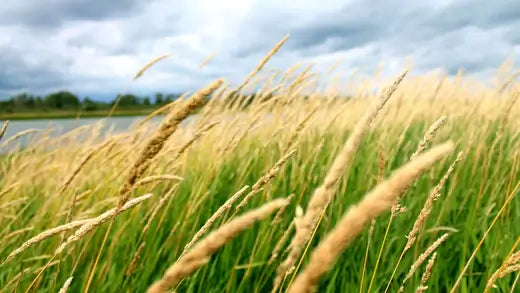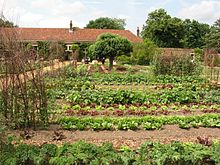The Perennial Perseverance: Exploring the World of Perennial Plants
In the ever-changing tapestry of the botanical world, perennial plants stand as steadfast symbols of endurance, adaptability, and natural beauty. These remarkable plants have evolved to thrive in diverse climates, soil conditions, and ecosystems, captivating the hearts of gardeners, horticulturists, and nature enthusiasts alike. Their unique life cycle, fascinating adaptations, and ecological significance make them integral to our natural landscapes and human experiences.
Understanding Perennial Plants: The Lifecycle
Perennial plants are characterized by their lifecycle, which spans multiple years. Unlike annuals that complete their life cycle within a year, perennials continue to live and grow for several years, often flowering and producing seeds annually. This extended lifespan allows them to develop deep root systems that enhance their ability to draw nutrients and water from the soil, making them better suited to survive challenging environmental conditions.
Perennial plants can be further categorized into two main types: herbaceous and woody perennials. Herbaceous perennials, such as peonies, hostas, and daylilies, have soft, non-woody stems that die back in the winter from underground structures like bulbs, corms, and rhizomes. Woody perennials, on the other hand, include trees and shrubs like oaks, maples, and roses. These plants have persistent woody stems that endure multiple seasons and even harsh weather conditions.
Adaptations for Survival of Perennial Plants
Perennial plants have evolved adaptations contributing to their enduring success in multiple habitats. One of the most crucial adaptations is the ability to go dormant during unfavorable conditions. During extreme cold or drought periods, herbaceous perennials withdraw their energy from above-ground growth, shedding leaves and retreating to their underground storage structures. This survival strategy allows them to conserve resources and wait for more favorable conditions before resuming growth and flowering.
Furthermore, perennial plants often exhibit remarkable resistance to pests and diseases. Over time, they've developed chemical defenses, physical barriers, and other mechanisms that discourage herbivores and pathogens. This adaptability benefits the plants themselves and contributes to the overall health and diversity of ecosystems where they reside.
Ecological Significance
Perennial plants are critical in ecosystems, influencing everything from soil health to wildlife habitats. Their deep root systems help by stabilizing the ground and absorbing excess water. Additionally, these roots foster beneficial relationships with microorganisms, creating a thriving underground community that contributes to nutrient cycling and soil fertility.
Many perennial plants serve as essential food sources for wildlife. Flowering perennials provide nectar and pollen for bees, butterflies, and other pollinators, supporting biodiversity and promoting the reproduction of other plants. Furthermore, their foliage, seeds, and fruits offer sustenance for various animal species, including birds and mammals.
Cultivating Perennial Gardens
The allure of perennial plants extends beyond their ecological significance, captivating gardeners with their beautiful colors, textures, and fragrances. Perennial gardens offer an opportunity to create enduring landscapes that evolve and transform throughout the seasons. Planning a successful perennial garden involves carefully considering factors such as sunlight, soil type, and climate.
Selecting a diverse range of perennial species ensures a continuous display of blooms and foliage, as different plants peak at other times of the year. Combining early spring bulbs like crocuses and daffodils with summer-flowering perennials like coneflowers and black-eyed Susans creates a dynamic visual experience.
Proper care or maintenance is essential for the longevity of perennial gardens. Regular pruning, deadheading, and dividing crowded plants help maintain their health and vigor. Dividing perennials, a process that involves splitting mature plants into smaller sections, not only rejuvenates the plants but also offers an opportunity to propagate and share them with other gardeners.
Notable Perennial Examples
Lavender (Lavandula spp.): Known for its soothing fragrance and stunning purple flowers, lavender is a well-loved perennial thrives in sunny, well-drained locations. It has culinary, aromatic, and medicinal uses, making it a versatile addition to gardens.
Hosta (Hosta spp.): Valued for their attractive foliage, hostas are shade-loving herbaceous perennials that come in various leaf shapes, sizes, and colors. They're popular choices for adding texture and visual interest to shaded areas.
Roses (Rosa spp.): As classic woody perennials, roses are renowned for their exquisite flowers and diverse growth habits. They're cultivated for their beauty and fragrance, from climbing roses to shrub roses.
Coneflower (Echinacea spp.): Coneflowers are native North American perennials known for their distinctive daisy-like flowers with raised centers. They're visually appealing and attract pollinators like bees and butterflies.
Peony (Paeonia spp.): Peonies are cherished for their large, showy blooms and lush foliage. They come in a range of colors and are often associated with elegance and romance.
Benefits of Perennial Plants
With their steadfast presence and unique characteristics, perennial plants offer many benefits that extend beyond their captivating beauty. These enduring plants hold a special place in both natural ecosystems and human landscapes, contributing to environmental sustainability, conservation efforts, and the well-being of communities. Here are some of the notable benefits that perennial plants bring to our world:
Environmental Resilience: Perennial plants are crucial in maintaining ecological stability. Their deep root systems help prevent soil erosion, which is especially vital in areas prone to heavy rainfall or wind. By anchoring the soil, perennials protect against the loss of fertile topsoil and the degradation of ecosystems. This erosion control contributes to the health of watersheds and the overall quality of water bodies, as sediments and pollutants are less likely to enter rivers and streams.
Biodiversity Promotion
Perennial plants contribute significantly to biodiversity by providing habitats and sustenance for various species. Their flowers attract pollinators like bees, butterflies, and hummingbirds, aiding in the reproduction of different plant species. Additionally, perennials' foliage, seeds, and fruits serve as food sources for birds, mammals, and insects, fostering intricate food webs and enhancing ecosystem health.
Carbon Sequestration
Perennial plants' long lifespan and extensive root systems make them efficient carbon sequestration agents. As they grow and mature, they capture carbon dioxide from the atmosphere and store it in their tissues and the soil. This natural process helps mitigate the effects of climate change by reducing the concentration of greenhouse gases in the atmosphere.
Low-Maintenance Landscaping
Perennial plants are often favored for low maintenance requirements. Once established, they generally require less water, fertilizers, and pesticides than annual plants. This conserves resources and reduces the environmental impact associated with conventional gardening practices. Perennials also save time and effort for gardeners, as they return year after year, minimizing the need for replanting.
Conclusion
Perennial plants embody the spirit of endurance and adaptation, providing both ecological benefits and aesthetic pleasures. Their ability to thrive across changing seasons and landscapes reminds them of nature's resilience and the interconnectedness of all living beings. Whether found in wild habitats, cultivated gardens, or urban landscapes, perennial plants continue to enrich our lives with their beauty and contribute to Earth's intricate web of life.


















































